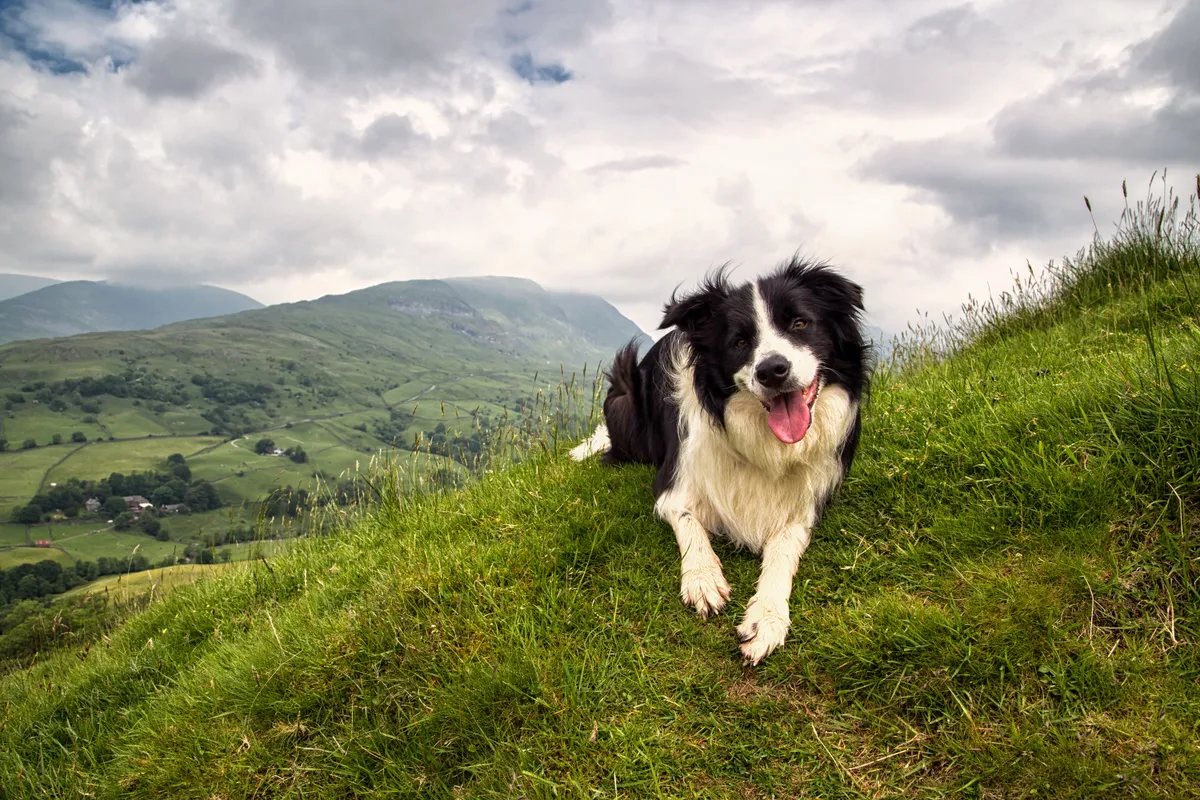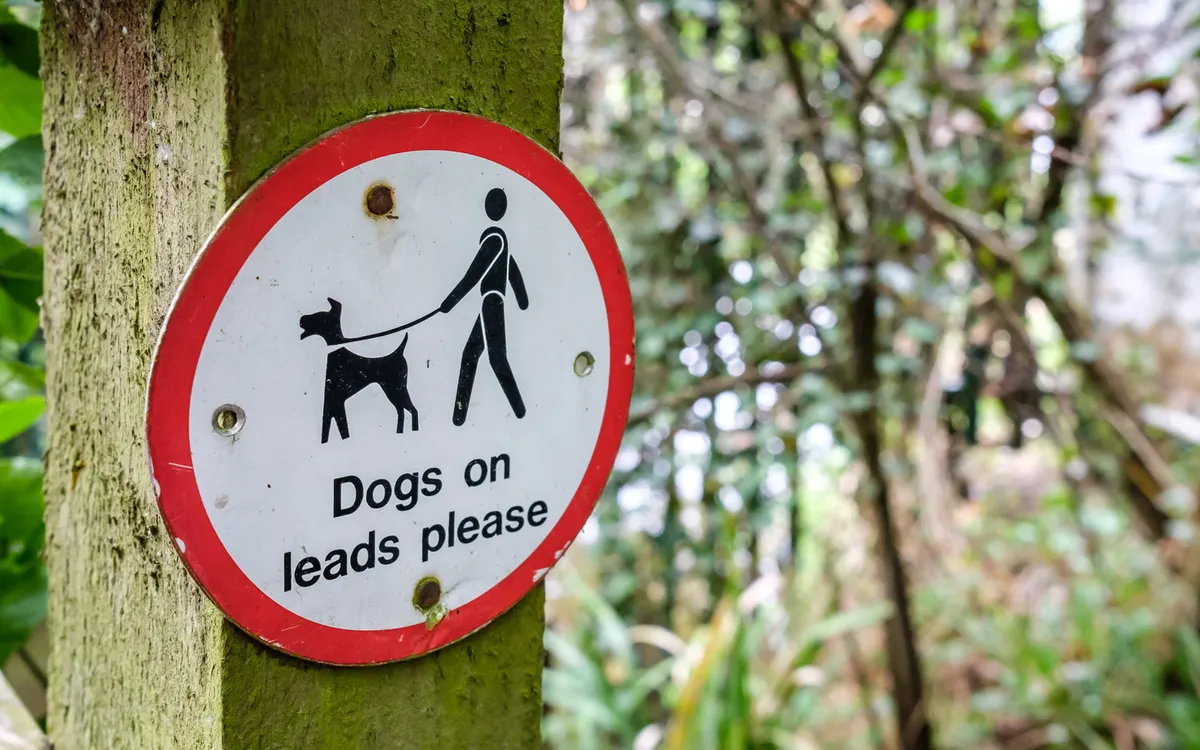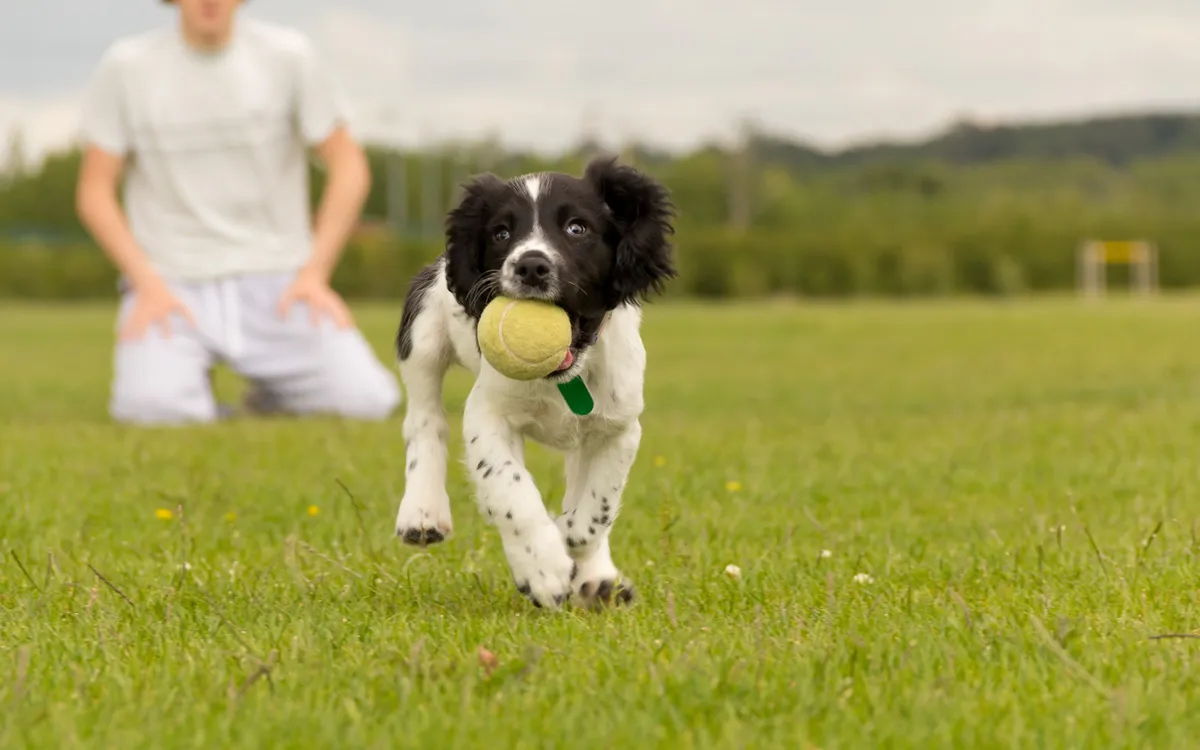Dog attacks on livestock cost the farming sector £50K in 2021, says the National Sheep Association. According to the survey by the NSA, 67% of respondents reported that dog attacks on sheep increased during the Covid-19 pandemic.
How bad is the problem of dog attacks on livestock?
Around 15,000 sheep were killed by dogs in 2016, according to the All Parliamentary Group on Animal Welfare (APGAW). Sheepwatch UK says most attacks take place between January and March during peak lambing season. Figures from the National Sheep Association (NSA) show that on average, four sheep are killed per dog attack, though some farmers lose 30-40 sheep in single incidents.
NFU Livestock Board chairman Charles Sercombe says: “We understand that owners must exercise their dogs, but measures need to be taken to prevent unnecessary suffering for our livestock.”
Why do dogs attack livestock?
Dogs have a hunting instinct, which is triggered by the sight and scent of ‘prey’ – especially if the animals start to run away. “People tend to underestimate their dog’s innate hunting instinct. Some people also over-estimate how well their dog is trained,” says Sarah Wright, editor of Your Dog magazine.
A survey of more than 3,000 dog owners carried out by the RSPCA in 2017 found that 24% of owners reported that their dog chases livestock, wildlife or other animals. Of these, 29% sought help but 43% did not consider the behaviour a problem.

Other dog-related problems for wildlife
Infectious disease
Dog faeces contains worms and parasites that can cause serious diseases in sheep, cattle and horses by contaminating the grass they eat. These include neosporosis, which can make livestock miscarry.
Disturbance to ground-nesting birds
Ground-nesting birds are particularly vulnerable to disturbance and can be forced from their nests, leaving eggs or chicks exposed. The RSPB advises that owners stick to designated paths and keep dogs on a lead around birds.
Acts of trespass
The NSA says that 57% of sheep-worrying incidents occur in private, enclosed fields with no permitted access for dog walkers. The public’s rights of access apply only to the footpath, not to the whole field.

Many councils restrict dog access to public open spaces, forcing dog owners to find alternative places to walk their pets, such as countryside and farmland. Previously dog-friendly public spaces such as heathlands are increasingly closed off to dogs for conservation grazing. Part of the problem is the increasing number of people visiting the countryside. “We want to encourage people to enjoy the countryside,” says Katie James of the National Sheep Association. “But people may not realise they are walking in a field that is owned by someone, or the impact their dogs may have on the livestock.”
What is the law on dog attacks on sheep?
Laws generally call for dogs to be kept “under close control”. One dog owner may define “close control” differently to another, and again from a farmer. Under the Dogs (Protection of Livestock) Act 1953, it is an offence for a dog to be off lead or otherwise unsupervised in an enclosure or field stocked with sheep. The law states that “if a dog worries livestock on any agricultural land, the owner of the dog... shall be guilty of an offence.”
Under Section Three of the Animals Act 1971, the owner of a dog that kills or injures livestock is liable for the damage caused
and can be sued by the farmer. Section Nine says that a farmer may shoot and destroy a dog that is attacking or chasing, injures or worries farm animals. Shooting must be proved to be an act of last resort; otherwise, farmers can face charges of criminal damage.
The Countryside Code asks all owners to ensure their dog “is not a danger or nuisance to farm animals, horses, wildlife or other people”. It says any dog causing an accident involving horses on a bridleway or byway could leave the owner liable for damages, while dog owners can be sued for ewes losing lambs, or for attacks on lambs.
How could dog attacks on livestock be prevented?
Stricter laws
“The laws are OK but they need to be made a bit clearer about the responsibilities of both farmers and the public,” says Katie James (NSA). The NFU, however, says the Ministry of Justice should review sentencing under the Dogs (Prevention of Livestock) Act 1953. The APGAW says that the act is outdated, has limited fines and is not a measurable offence, so is taken less seriously by police. The 1971 Animals Act is a civil act so police tend not to enforce it.
Better communication
A radio and video campaign targeting dog owners has been successful in Scotland. In Hampshire, a traffic-light approach for dog walkers (green paw signs for off lead, amber for on-lead, red for no dogs) has met with success. “There’s an opportunity to provide a more amicable environment between dog walkers and farmers,” says Andrew Gillett of the CLA. The NFU says dog groups should relay consistent information to owners via veterinary practices and farming organisations.
Close footpaths
Footpaths could be temporarily closed, such as while pregnant ewes were grazing in a field, suggests Gillett (CLA). “The law would be narrow and allow for temporary diversions through the nearest field for the shortest time,” he said. “Parish councils could have right of veto and farmers open to an offence if they diverted unreasonably.”

Stricter dog training
Could dog licences be issued on proof of attending dog training courses? “I don’t know how practical this idea is,” says Sarah Wright of Your Dog. “But there is a case for more rigorous training of dogs, and not just in relation to this issue. But training is never a substitute for keeping a dog on the lead.”
Greater enforcement
“We have concerns about police capacity,” says the NSA’s James. “Attacks are under-reported because in many cases farmers don’t believe the rural crime agency will be able to do anything about it.”

